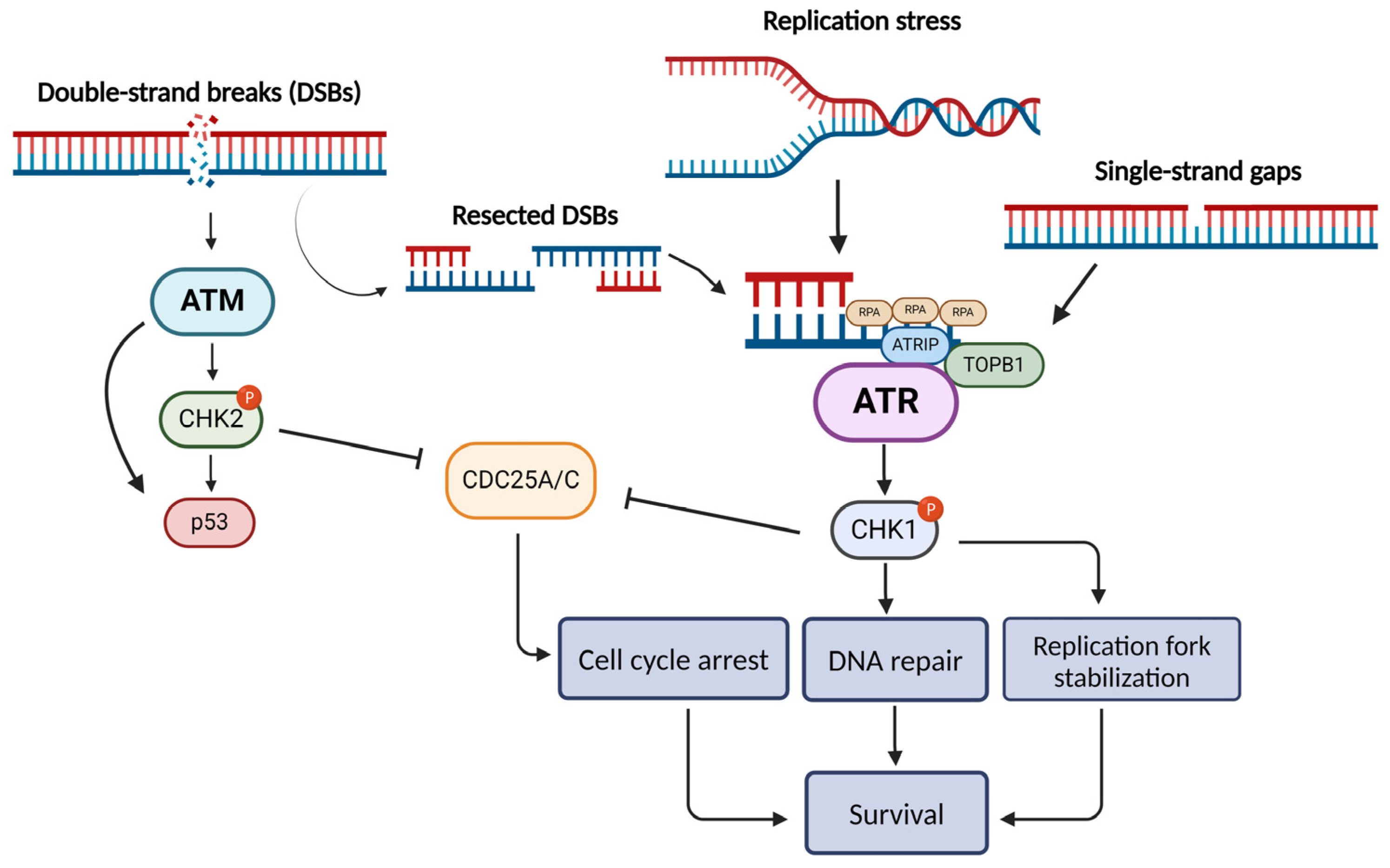So, I wanted to mess around with this “ATR pathway” thing I’d heard about. I didn’t really know much about it, just that it had something to do with DNA damage and keeping cells alive. It sounded complicated, but I figured I’d give it a shot.

First, I gathered some cells. I’m not gonna lie, I just used some basic ones I had growing in the lab. Nothing fancy, just your run-of-the-mill human cells.
Next, I needed to damage their DNA. I used this stuff that basically zaps the DNA and creates breaks. You know, kinda like giving the cells a really bad sunburn.
Watching it Happen
- I added the DNA-damaging agent to the cells and let them sit for a while.
- Then, I used some special dyes that stick to different parts of the cell. These dyes are fluorescent, so they glow under a microscope.
- I wanted to see if the ATR pathway was actually getting turned on. So I looked for a specific protein called “ATR” (yeah, real original name, I know). If it was glowing, that meant it was active.
I peeked at the cells under the microscope, and guess what? The ATR protein was glowing like a Christmas tree! That meant the pathway was working – the cells were recognizing the DNA damage and trying to fix it.
Checking the Results
I did a lot of repeat, using antibody to check ATR and its downstream proteins’ expression level.

It wasn’t exactly a groundbreaking experiment, but it was cool to actually see this complex pathway in action. I learned that even seemingly complicated biological processes can be broken down and observed with the right tools. Plus, it was just plain fun to play around with cells and microscopes. I can say it is done and dusted!
